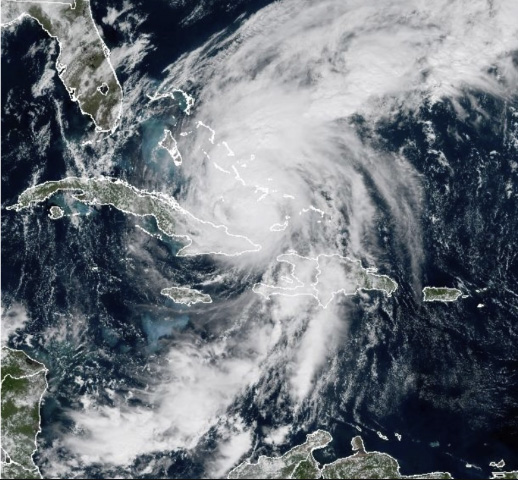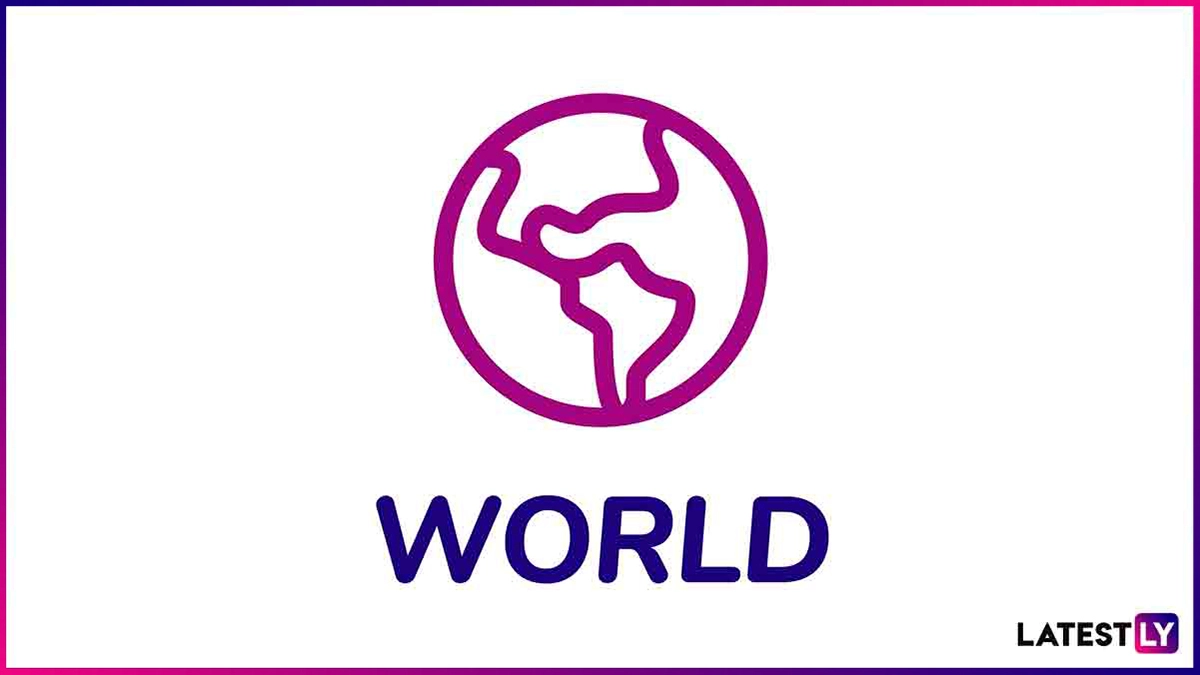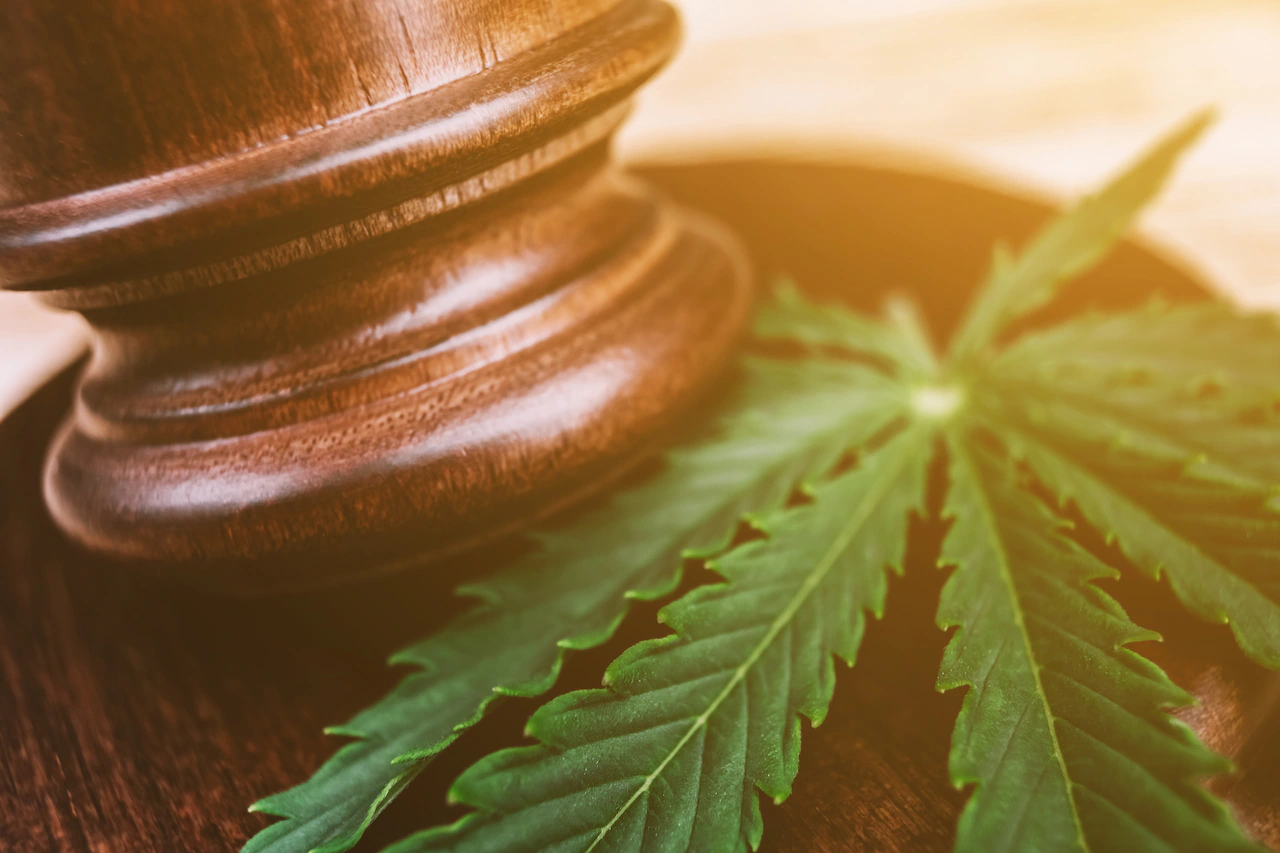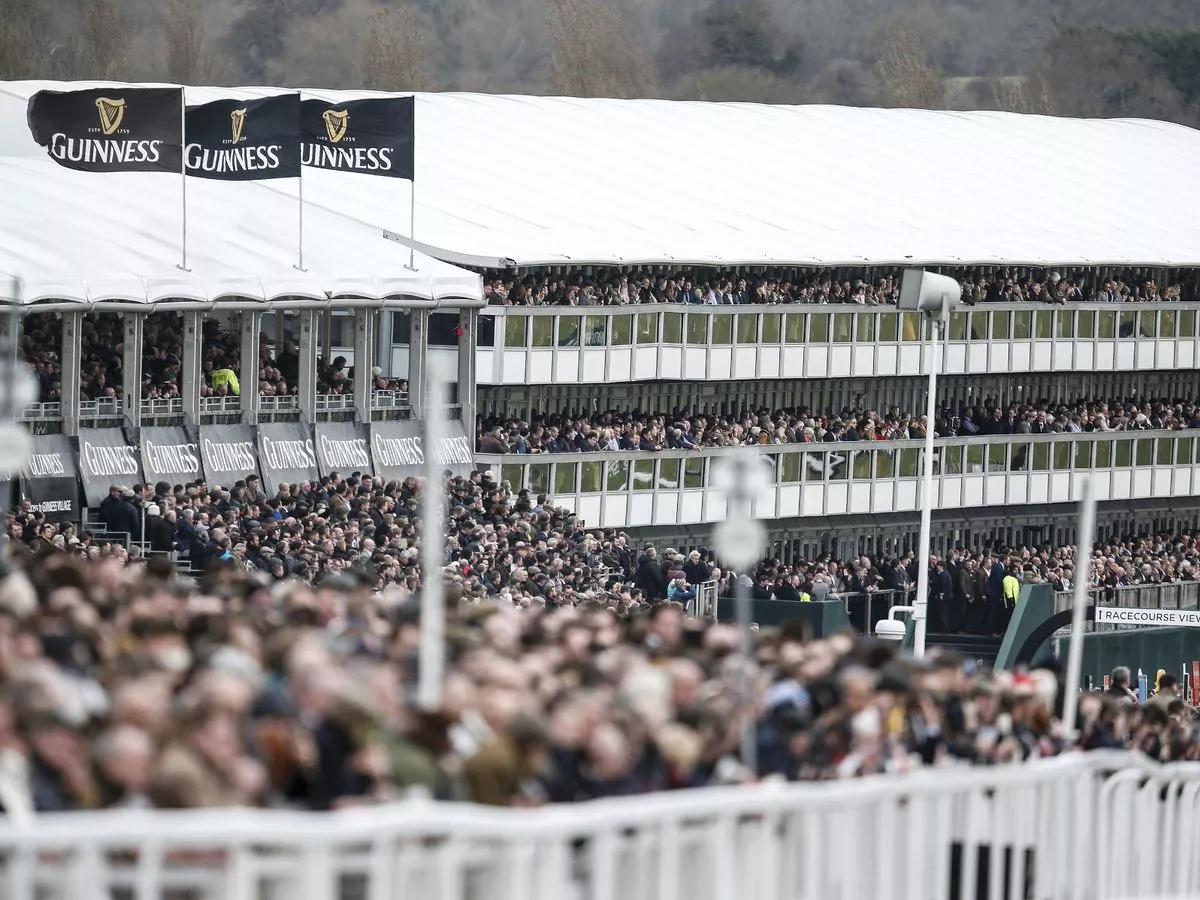Copyright Santa Clarita Valley Signal

By T.J. Muscaro Contributing Writer Recovery efforts began in Jamaica on Tuesday evening shortly after Hurricane Melissa dealt the island nation its worst landfall event since record-keeping began in 1851. Prime Minister Andrew Holness’ office released the all-clear just after noon on Wednesday, as public and private first responder groups continued search and rescue efforts and damage assessments. Pictures, videos, witness testimony and official statements have made it through communication blackouts since Tuesday afternoon, revealing glimpses of devastation. “I’m looking at my house, and so many things have blown away,” Treasure Beach resident Empress Thandi Wise said as she walked around her fishing village, just east of where Melissa made landfall. “Windows are out, doors are out. I’m just trying to figure out how to pick up the pieces. Everything is wet.” Hurricane Beryl, which hit in 2024, was a “cake walk” compared to Melissa, she said. The first 24 hours have begun to reveal the realities and challenges that the island will face as it rebuilds. But the extent of the damage is still unknown to Jamaican officials, and local officials’ death toll reports appeared to conflict with the national level. Destruction Assessment Hurricane Melissa made landfall near New Hope, in St. Elizabeth Parish, with sustained winds of 185 mph and a near record-low central pressure of 892 millibars. It then made its way north through the western half of the island, emerging just east of Montego Bay. Storm surge of up to 13 feet and rainfall totals nearing 27 inches were reported along the southern coast. Desmond McKenzie, deputy chairman of Jamaica’s Disaster Risk Management Council, said on Tuesday that St. Elizabeth was “underwater” and had extensive damage. Richard Solomon, mayor of the coastal parish town of Black River, followed up on Wednesday, telling reporters, “Catastrophic is a mild term based on what we’re observing.” He said a local hospital, emergency services and police units were flooded and unable to conduct emergency recovery operations. A facility used to store relief supplies was destroyed. “We are not able to help at all,” Solomon said. “Conditions are going to deteriorate as the day progresses.” The Black River Anglican Church — a house of worship that stood in the town of Black River since the 1700s — also did not survive in the storm. Santa Cruz, another town in the parish, suffered a massive landslide due to widespread flooding that turned streets into mud pits, blocked main roads, and poured water into people’s homes. St. Elizabeth Technical High School, a designated public shelter, lost part of its roof to the storm’s winds. Four main hospitals were also damaged, forcing 75 patients to evacuate. No injuries were reported. The Jamaica Constabulary Force noted on Tuesday, “The Black River Police Station has become a refuge for residents whose houses have been flooded. We are sticking close to the community as we weather Hurricane Melissa together.” As for power and communications, Elon Musk confirmed Starlink would be free for Jamaica and the Bahamas through the end of November. However, 77% of Jamaica was still without power on Wednesday. “There’s a total communication blackout on that side,” said Richard Thompson, deputy director general of Jamaica’s Office of Disaster Preparedness and Emergency Management. McKenzie said that more than 25,000 people had gone to the shelters opened up across the island. This was up from 15,000 reported the day before. He assured the island that all designated shelters will remain open as long as needed to care for people affected by the hurricane. No shelter can be closed to the public unless instructed by the Office of Disaster Preparedness and Emergency Management, he said. Holness declared the entire island a disaster area, and after admitting earlier that none of the infrastructure in the most affected region could sustain a Category 5 hurricane, expressed hope that his nation would recover. “Our country has been ravaged by Hurricane Melissa, but we will rebuild and we will do so even better than before,” he said on Tuesday. He visited St. Elizabeth on Wednesday afternoon, sharing aerial footage of destroyed homes. “The damage is great, but we are going to devote all our energy to mount a strong recovery,” he said. The American nonprofit United Cajun Navy pointed out that the storm has impacted not just infrastructure and housing, but also the island’s food supply. “St. Elizabeth, Jamaica’s second largest Parish, has suffered severe devastation,” the United Cajun Navy stated. “St. Elizabeth is the agricultural hub of Jamaica, the bread basket, and is the main food source for the island. This means that the ability for Jamaica to generate their own food source could be significantly impacted for an indefinite time period.” Montego Bay Airport also suffered significant damage, the United Cajun Navy said. Death Toll Rises Reports of loss of life from Jamaica suggest at least five perished in the storm. The first came from a state minister in the Jamaican prime minister’s office, who told a local radio station on Wednesday that one fatality during Melissa was confirmed after a tree fell on an infant. Later that day, Police Superintendent Coleridge Minto told local radio authorities had found at least four bodies in southwest Jamaica. Two of them were found in Galleon Beach, St. Elizabeth, and identified as a 35-year-old man and 64-year-old man. The other two washed ashore in Black River and have not been identified. This would bring Jamaica’s death toll to eight, including three storm-related fatalities that were reported before landfall. Minto added that police were investigating other unconfirmed deaths. However, shortly after Minto’s report, Holness stated, “So far, there have been no confirmed reports of deaths, and we are thankful for that.” Meanwhile, Haitian officials updated their fatality numbers to 23. Jean Bertran Subreme, mayor of Petit-Goave, along Haiti’s southern coast, had previously reported that 25 victims perished due to flooding from the La Digue river. Ten others are missing and Haiti expects the death toll to increase as rain persists. One loss of life was also confirmed in the Dominican Republic, and another person was missing. International Support on the Way The Jamaican government said it hoped to have airports open as early as Thursday to ensure distribution of relief efforts, as an international coalition of relief gets underway. Hundreds of miles north in Baton Rouge, Louisiana, the United Cajun Navy’s warehouse continues to fill with supplies as it adds Jamaica to its list of ongoing recovery efforts. Its tactical team is already at work in the southwestern corner of the island. “Once the initial wave of search and rescue efforts are finished with their sweeps, we will start to see the problems devolve to short and long-term sustainability of human life,” the organization said in a statement. “There are many nonprofits from the U.S. as well as around the world like the United Cajun Navy who are responding to this crisis.” President Donald Trump told reporters on Tuesday that the United States would help Jamaica. “We’re watching it closely, and we’re prepared to move,” Trump said. The State Department confirmed on Wednesday that it was activating U.S.-based Urban Search and Rescue teams as well as deploying a regional Disaster Assistance Response Team to the Caribbean. “These teams are working with affected countries and local communities to determine what assistance is needed and with interagency, international and U.S. military partners to coordinate emergency response efforts,” the department said. Hurricane Melissa made landfall in Jamaica on Tuesday as a catastrophic Category 5 storm. The storm also slammed eastern Cuba as a major hurricane earlier on Wednesday, and by Wednesday afternoon it was located in a small strip of water between Cuba and the Bahamas, as a Category 2 storm with 105 mph winds, according to the National Hurricane Center. It was expected to hit the southeastern and central Bahamas starting later on Wednesday before the storm moves to the northwest, brushing near Bermuda on Friday. The UK said it was sending 2.5 million pounds ($3.3 million) in humanitarian funding to Jamaica to deliver emergency supplies. The Royal Navy’s HMS Trent is also in the Caribbean, while a team of Foreign Office specialists has been sent to Miami to support British nationals. As many as 8,000 UK citizens were thought to be in Jamaica either visiting family or on vacation. Sandals Resorts released a statement that all guests and team members staying at its Jamaica locations were safe. Its teams were helping solve travel issues, and take assessments of the properties. In addition, Sandals is initiating its own proactive relief efforts through the Sandals Foundation. “We extend our heartfelt gratitude to the guests who joined our teams in careful preparation and followed every protocol in Jamaica,” Sandals said in the statement. “Your cooperation, compassion, and sense of community lifted spirits and brought comfort during a challenging time.” The Jamaican government also created an official online platform to coordinate relief, mobilize support, and manage recovery efforts. “The site allows users to donate securely, submit pledges, report emergencies, and locate nearby shelters,” Holness said. “It is designed to serve Jamaicans at home and abroad who wish to assist with national recovery efforts.” The Associated Press contributed to this report.



